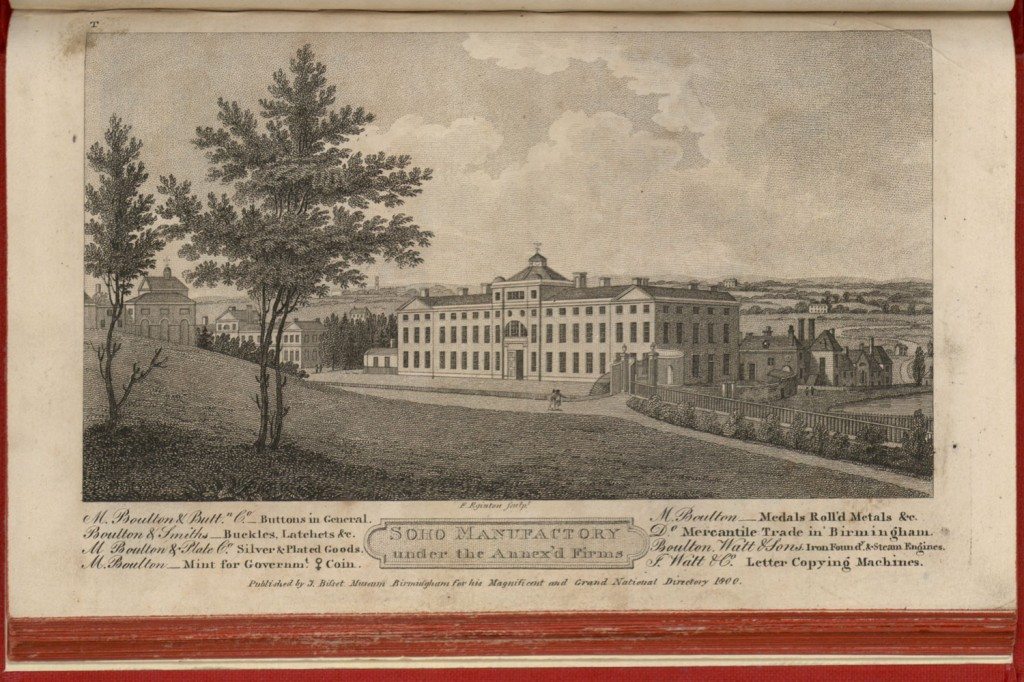The Soho Manufactory: From Snow Hill to Handsworth
Image: View of Matthew Boulton’s Soho Manufactory and Royal Mint Offices in Handsworth near Birmingham. J Bisset, Bisset’s Magnificent Guide or Grand Copper Plate Directory for the Town of Birmingham…(Birmingham, Printed for the Author by R Jabet, 1808).
Matthew Boulton’s Soho Works was built between 1762 and 1764 to provide a base for his expanding buckle and button business. The advertisement lists the “annexed firms” which formed part of his industrial and commercial empire, producing buttons, buckles, and latchets, silver and plated goods, coins, medals, iron, steam engines and letter copying machines. The stables and latchet works are shown on the left of the engraving. Behind the factory on the right is the rolling mill.
3. The Soho Manufactory: From Snow Hill to Handsworth
Matthew Boulton did not have room to expand the business at Snow Hill, so he began looking for a site for a new manufactory. In 1761 he leased 13 acres of land just over the Hockley Brook, in Handsworth. This was about two miles from Snow Hill, and just inside the Staffordshire border. The land included a mill and a house. The area was already known as Soho. The name probably has the same derivation as the Soho in London – it is based on a hunting cry. An inn in the area was said to have a signboard showing a huntsman blowing a horn, from which the word “Soho!” issued.
On this site Matthew Boulton built the Soho Manufactory. It was completed in 1765 at a cost of some £10,000. The house on the site, Soho House, had been built c.1757. In 1766 Boulton and his second wife moved into the house so that he could live nearer the business. Boulton was one of the founders of the scientific society known as the Lunar Society, and Soho House became one of the group’s regular meeting places.
« Previous in this sectionNext in this section »Continue browsing this section
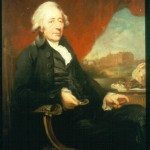 Birmingham: “The Toyshop of Europe”
Birmingham: “The Toyshop of Europe”
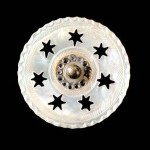 Toys in Birmingham
Toys in Birmingham
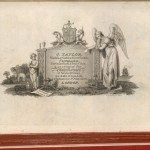 John Taylor and Matthew Boulton
John Taylor and Matthew Boulton
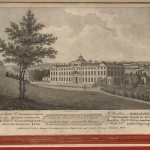 The Soho Manufactory: From Snow Hill to Handsworth
The Soho Manufactory: From Snow Hill to Handsworth
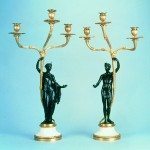 The Soho Manufactory: The Ingenious Mr Boulton
The Soho Manufactory: The Ingenious Mr Boulton
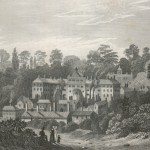 The Soho Manufactory: Industrial Tourism
The Soho Manufactory: Industrial Tourism
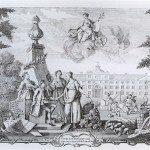 The Soho Insurance Society: Ahead of its time
The Soho Insurance Society: Ahead of its time
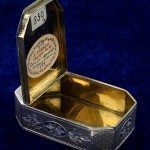 Birmingham Toys: Makers and Materials
Birmingham Toys: Makers and Materials
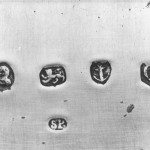 Birmingham Toys: The Hallmark
Birmingham Toys: The Hallmark
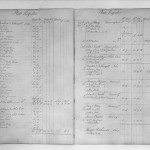 Birmingham Toys: Made at Soho
Birmingham Toys: Made at Soho
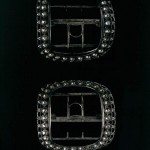 Birmingham Toys: “Cut Steel”
Birmingham Toys: “Cut Steel”
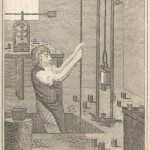 Birmingham Toys: Manufacturing Techniques
Birmingham Toys: Manufacturing Techniques
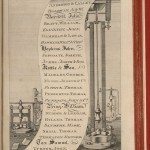 Salesmen, Customers and Competitors: The Home Market
Salesmen, Customers and Competitors: The Home Market
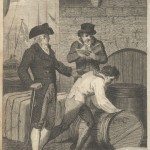 Salesmen, Customers and Competitors: Export Markets
Salesmen, Customers and Competitors: Export Markets
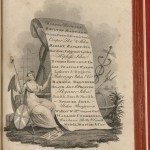 Salesmen, Customers and Competitors: Travelling Salesmen
Salesmen, Customers and Competitors: Travelling Salesmen
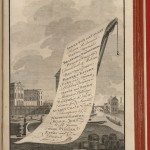 Salesmen, Customers and Competitors: Agents
Salesmen, Customers and Competitors: Agents
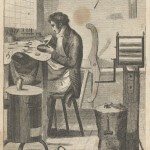 Summary and Developments
Summary and Developments



